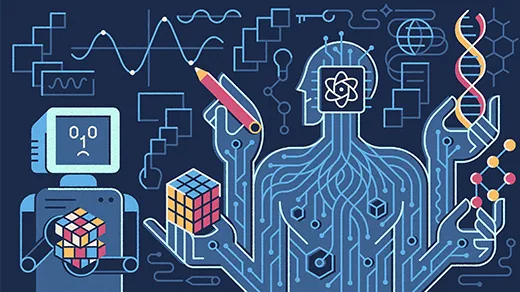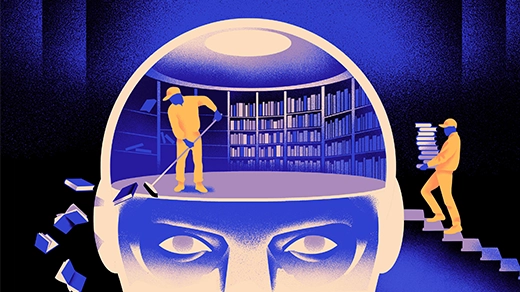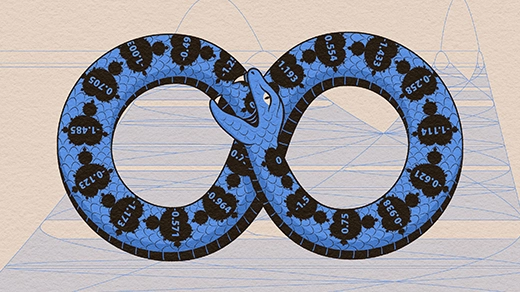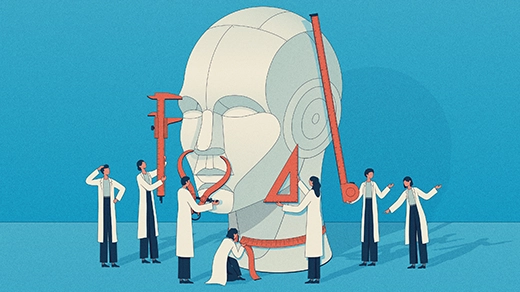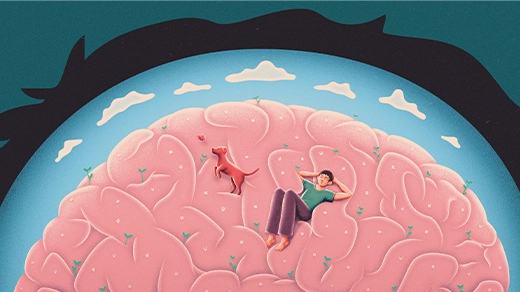What's up in
Abstractions blog
Latest Articles
Doubts Grow About the Biosignature Approach to Alien-Hunting
Recent controversies bode ill for the effort to detect life on other planets by analyzing the gases in their atmospheres.
Physicists Finally Find a Problem That Only Quantum Computers Can Do
Researchers have shown that a problem relating to the energy of a quantum system is easy for quantum computers but hard for classical ones.
Fresh X-Rays Reveal a Universe as Clumpy as Cosmology Predicts
By mapping the largest structures in the universe in X-rays, cosmologists have found striking agreement with their standard theoretical model of how the universe evolves.
Mollusk Eyes Reveal How Future Evolution Depends on the Past
The visual systems of an obscure group of mollusks provide a rare natural example of path-dependent evolution, in which a critical fork in the creatures’ past determined their evolutionary futures.
How Selective Forgetting Can Help AI Learn Better
Erasing key information during training results in machine learning models that can learn new languages faster and more easily.
‘Entropy Bagels’ and Other Complex Structures Emerge From Simple Rules
Simple rules in simple settings continue to puzzle mathematicians, even as they devise intricate tools to analyze them.
How Quickly Do Large Language Models Learn Unexpected Skills?
A new study suggests that so-called emergent abilities actually develop gradually and predictably, depending on how you measure them.
What Your Brain Is Doing When You’re Not Doing Anything
When your mind is wandering, your brain’s “default mode” network is active. Its discovery 20 years ago inspired a raft of research into networks of brain regions and how they interact with each other.
How to Build an Origami Computer
Two mathematicians have shown that origami can, in principle, be used to perform any possible computation.

